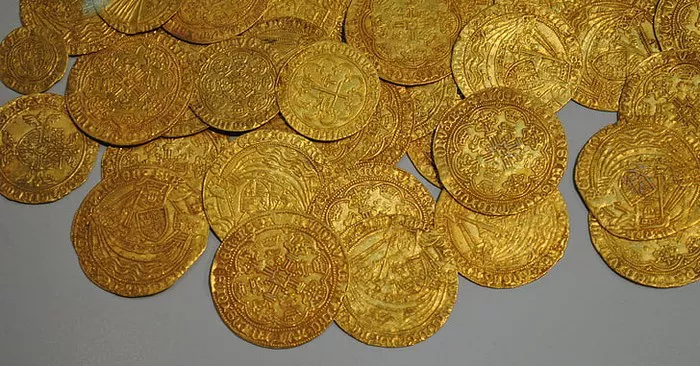The allure of gold has captivated humanity for centuries. Its enduring value and shimmering beauty make it a highly sought-after precious metal. However, with the prevalence of counterfeit gold in the market, it’s crucial to know how to discern the authenticity of this precious metal. In this comprehensive guide, we will explore various methods and techniques to help you determine if something is real gold.
Visual Inspection:
One of the initial steps in determining the authenticity of gold is through visual inspection. Here are some factors to consider:
Color: Genuine gold typically exhibits a distinct yellow hue. While different alloys can alter its shade, genuine gold should not have a greenish or reddish tint, as these colors are often associated with counterfeit gold.
Consistency: Authentic gold has a uniform color and luster throughout. If you notice any unevenness or discoloration, it could be an indicator of fake gold.
Stamps and Hallmarks: Look for any stamps or hallmarks on your gold item. These markings, such as the karat value or manufacturer’s symbol, can provide clues to its authenticity. However, note that counterfeit gold can also bear fake stamps, so further examination is necessary.
Magnet Test:
Gold is a non-magnetic metal, so using a magnet can help determine its authenticity:
Hold a strong magnet close to the gold item. If the piece is attracted to the magnet, it is likely made of a different metal or alloy, indicating that it is not genuine gold.
Note that some counterfeit gold items may be cleverly disguised with a gold plating over a magnetic material. Hence, while the magnet test is helpful, it should be used in conjunction with other methods.
Acid Test:
The acid test is a reliable method used by professionals to assess gold authenticity. It involves the use of nitric acid and requires caution and protective equipment:
Scratch a small area of the gold item on a test stone, making sure to collect a visible amount of gold dust.
Apply a small drop of nitric acid to the scratched area. If the gold item remains unaffected and shows no signs of discoloration, it is likely authentic gold. However, if the scratched area turns green or fades, it indicates that the piece is not pure gold.
Density and Weight Comparison:
Gold has a high density compared to most other metals. By comparing the weight of an object to its volume, you can estimate its density and determine if it is genuine:
Weigh the gold item using a precision scale.
Calculate the volume by submerging the item in a known amount of water and measuring the water displacement.
Divide the weight by the volume to obtain the density. Genuine gold should have a density of approximately 19.3 grams per cubic centimeter.
Seek Professional Assistance:
If you’re uncertain about the authenticity of your gold item or want to ensure accurate results, it is advisable to consult with a professional jeweler or appraiser. They have the expertise and specialized equipment to perform comprehensive tests and provide a definitive assessment.
Conclusion:
Determining the authenticity of gold is crucial to safeguarding your investments and ensuring that you are getting what you pay for. While visual inspection, the magnet test, acid test, density comparison, and seeking professional assistance are valuable methods, it’s essential to use a combination of techniques for a more accurate assessment. Remember, when in doubt, consult an expert to make informed decisions regarding your gold items.


